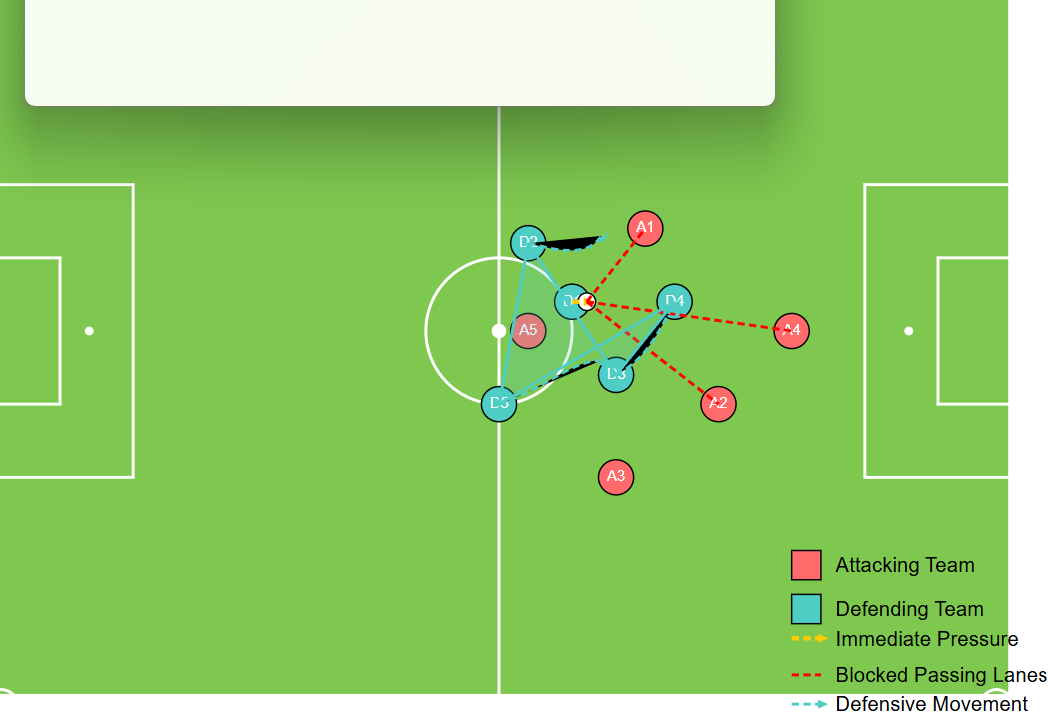What makes football/soccer the heartbeat of the world? Why does it stir so much passion, pride, and unity in cities, towns, and villages across the region? It’s more than just goals and victories. It’s about the balance of attack and defense, the passion of the fans, and the thrill of every moment. ⚽ Dive into what truly makes football the beautiful game. 👇
Football isn’t just a sport—it’s a culture, a voice, and a connection that cuts across borders and backgrounds. From the dusty pitches of rural Uganda to the packed stadiums of Nairobi, the game brings people together in a way few things can.
At its core, the objective remains the same: score more goals than your opponent. But beyond that simple goal lies a rich world of local flavor—strategy, rhythm, flair, and emotion. Teams in East Africa play with purpose, creativity, and hunger. Every match is about more than just the result—it’s a showcase of pride, identity, and community spirit.
To win, teams must build from the back, create chances with quick combinations, and defend with resilience. It’s a game of balance—attacking with flair and defending with heart. That fast, back-and-forth rhythm of East African football makes every game unpredictable, raw, and alive.
But perhaps the most powerful force in all of this? The fans.
In East Africa, fans don’t just watch the game—they live it. From the chants echoing through stadiums like Tanzania’s Benjamin Mkapa Stadium to the local radio commentary filling streets and shops, the energy is contagious. Players feel it. Coaches feed off it. Communities rally around it. Whether it’s a local derby or an international qualifier, fans show up with unmatched passion and pride.
So what makes football the most beloved sport in East Africa? It’s the pursuit of glory, the thrill of every moment, the expression of local talent, and the joy it brings to millions. Whether it’s Harambee Stars, Cranes, Taifa Stars, or local club heroes—football in East Africa is more than just a game. It’s life.
The Structure of the Game: Understanding Football Through East African Eyes
Football, known across East Africa as the “beautiful game,” has a universal rhythm that transcends nations and languages. Whether you’re watching a CECAFA Senior Challenge Cup match or a neighborhood clash on a dusty pitch in Kampala, Arusha, or Kisumu, the structure of football remains the same.
When we break it down, every football game—no matter the level—follows a repeated cycle of four key moments:
1. Attacking
This is when a team has possession and is actively trying to create scoring chances. In East Africa, teams often use flair, pace, and direct play to break through defenses. Watch a team like Uganda Cranes or Kenya’s Harambee Stars build up from midfield with quick passing—this is the heartbeat of attacking football.
2. Losing the Ball
This is the transition moment when a team in possession suddenly loses control—through a poor pass, a tackle, or interception. How quickly a team reacts in this moment defines their tactical sharpness.
3. Defending
Now out of possession, the team must regroup, close down spaces, and protect their goal. East African teams, often known for their resilience and discipline, must stay compact and communicate effectively to prevent conceding.
4. Winning the Ball
This transition from defense to attack is crucial. A successful tackle, interception, or press can turn the game around instantly. Many East African teams rely on speed and physical strength to regain possession and immediately counterattack.
These four moments flow into one another constantly, shaping every second of the game. Understanding them helps players, coaches, and fans appreciate the game on a deeper level.
And this structure? It’s the same whether you’re watching the AFCON qualifiers, CECAFA tournaments, or grassroots matches. From Dar es Salaam to Kigali, the rhythm of football speaks one language.


